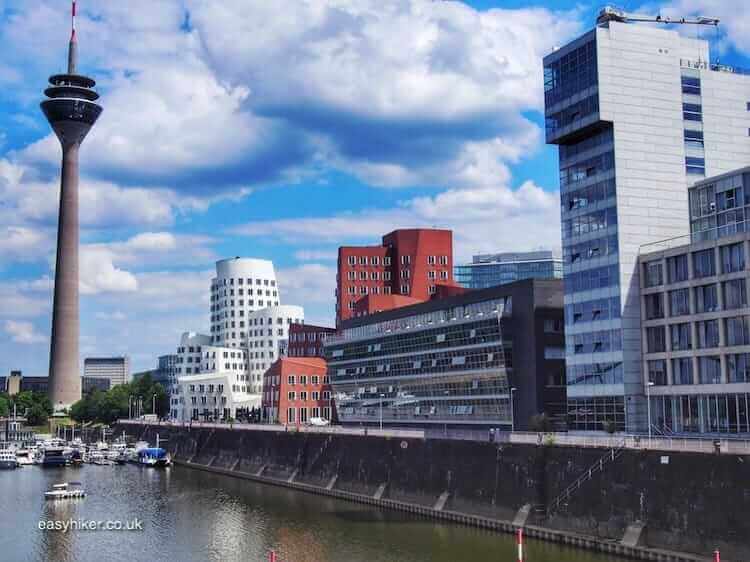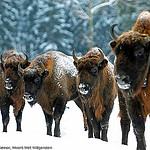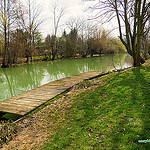The word Bavaria will, for most people, bring to mind images of alpine idylls, of women in dirndls and of men in lederhosen. But there exists another Bavaria beyond that: a world of twisted shapes, contorted bodies, and garish colours.
This is the world of the Bavarian Baroque, a unique variety of the style which has none of the mannered formality of the French Baroque and manages to make even the Italian Baroque look tame in comparison.
When the strict rules of the Renaissance were abandoned and a more free-style handling of classical motives became the new house style of the Catholic Church, Bavarians took to it like native Americans to firewater, while Italian artists – who had been schooled in the use of flamboyant shapes and colours – were much better equipped to control the Baroque’s inherent tendency to drift into vulgarity.
This is why the Bavarian Baroque often starts where the Italians refuse to go further, and why it veers from the merely rich and voluptuous …

… to the fantastic and hallucinatory.

All restraint is thrown overboard like ballast that can only slow down your journey to blissful ecstasy.
I am ready to admit that this may not be everyone’s cup of tea, but if you like that sort of thing, you should…
… – to get maximum bang for your Bavarian Baroque-and-Roll buck – head straight to Bamberg

Today, Bamberg is a town of approx. 100,000 inhabitants in provincial northern Bavaria. For a while in the Middle Ages, however, it was an important seat of power in the German Empire, mainly because Emperor Henry II (aka Saint Henry the Exuberant) was a local guy.
He was also a man on a mission, determined to shape the Christian world according to his needs and ideas, and used the Empire’s military muscle to install a close confidant of his as Pope Clement II.
Henry’s mission, however, did not end well when the Italian “incumbents” at the papal court had poor Clement murdered within a year. All of this happened in the 11th century, the period when Bamberg was at the peak of its international standing.
Not much architecture from this period has survived in town, except for parts of the Alte Hofhaltung, …

… which was originally what is known as a Pfalz in German, i.e. a residence, often more earthy than “palatial”, that was reserved for occasional visits of the monarch.
In later centuries, the complex became the main residence of the local bishops.
The Baroque, which is the predominant style of the town today, is the legacy of the Schönborn brothers who served consecutive terms as Bishops of Bamberg from 1693 to 1746.
They came from a sophisticated, wealthy and well-connected family of administrators and high-ranking clergymen and eventually oversaw the construction of more than 100 churches and monasteries as well as some of the grandest palaces in Northern Europe.
Their entire diocese, most specifically, Bamberg was filled with glamorous new buildings, while those already standing received an upgrade. Few existing walls were spared additions of decorative detail.
You may have heard of the architectural imperative of Less Is More – the Schönborn brothers were more of the persuasion that More Is Not Nearly Enough.

Baroque ornament and architecture, however, is only one reason why Bamberg is worth a visit.
Another is the town’s scenic beauty, the way in which it is embraced by the two arms of the local river, the Regnitz, whose right arm is passing the eastern suburbs while the left flows right through the heart of the old town.

This left arm then branches out into a loop of the Ludwig Canal, an inland waterway that was built in the 19th century to connect the basins of Central Europe’s two main rivers, the Rhine and the Danube.
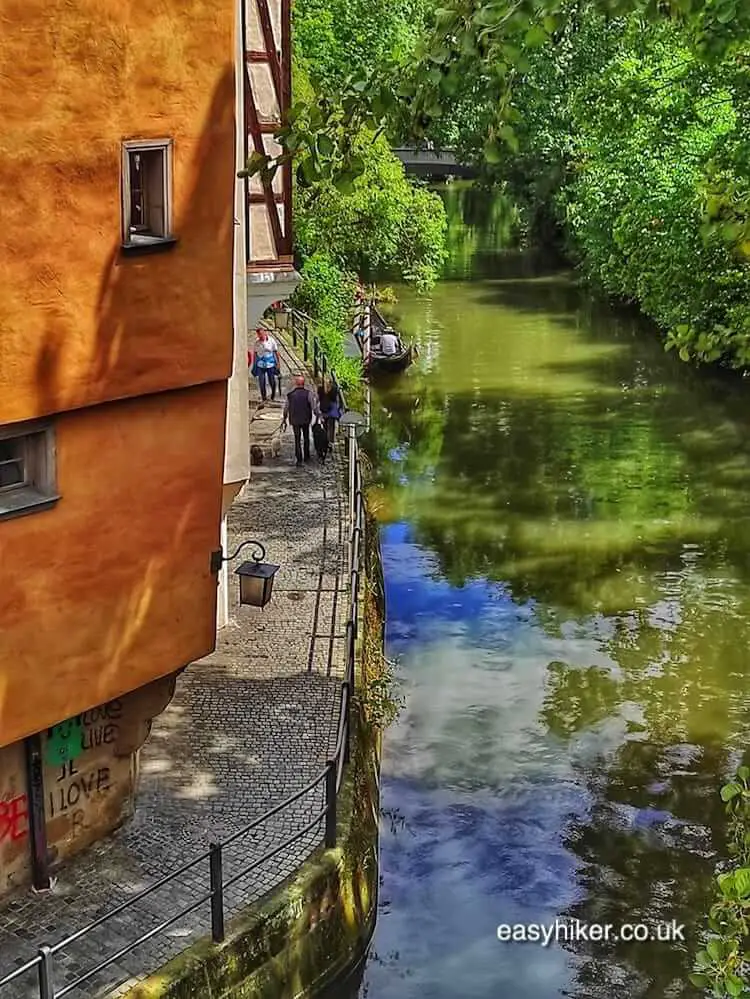
The canal has not been used for commercial shipping in quite a while but is still perfect for a short walk.
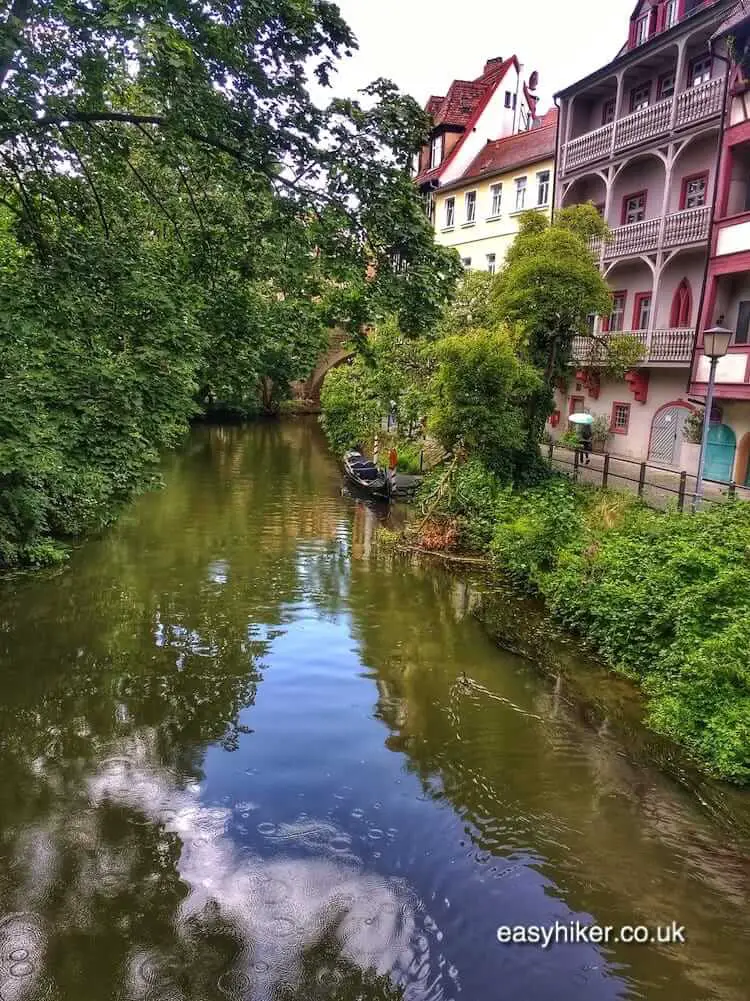
We suggest you explore the old town, have lunch in one of the many restaurants that line the river and then walk down the riverbank road called Mühlwörth, turning left into the canal’s towpath by the Schleuse 100.
This towpath will lead you back to town.

A slightly more ambitious undertaking is the Flusspfad Bamberg. This 5 km long trail invites you to follow the canal and stretches on both banks of the Regnitz’s left arm, using 21 info panels to familiarize you with the history of the town and its waterways.
For a map and some information including a flyer (in German and English), click here.

There is a lot of history in Bamberg, but history is not everything the town has to offer. During the summer months, admittedly, the pedestrianized centre is packed with visitors.
But even at the height of the tourist season, Bamberg is no museum but a modern and lively little place, thanks not least to its large student population.
Take the time to walk down a side street or two, and you will be richly rewarded. This is a town that has more than a single face.


